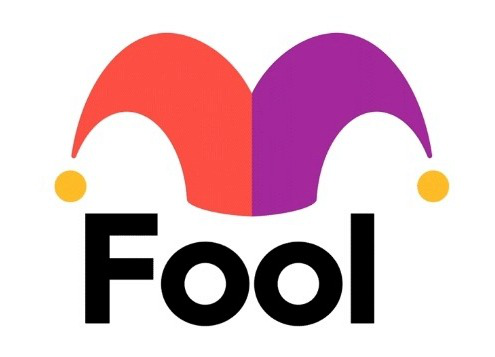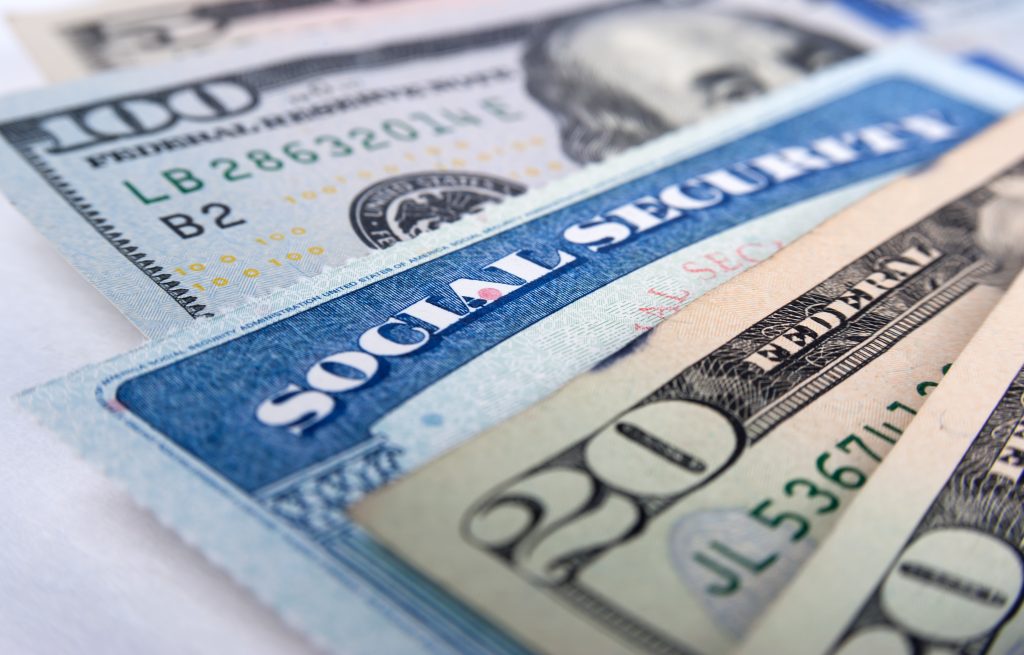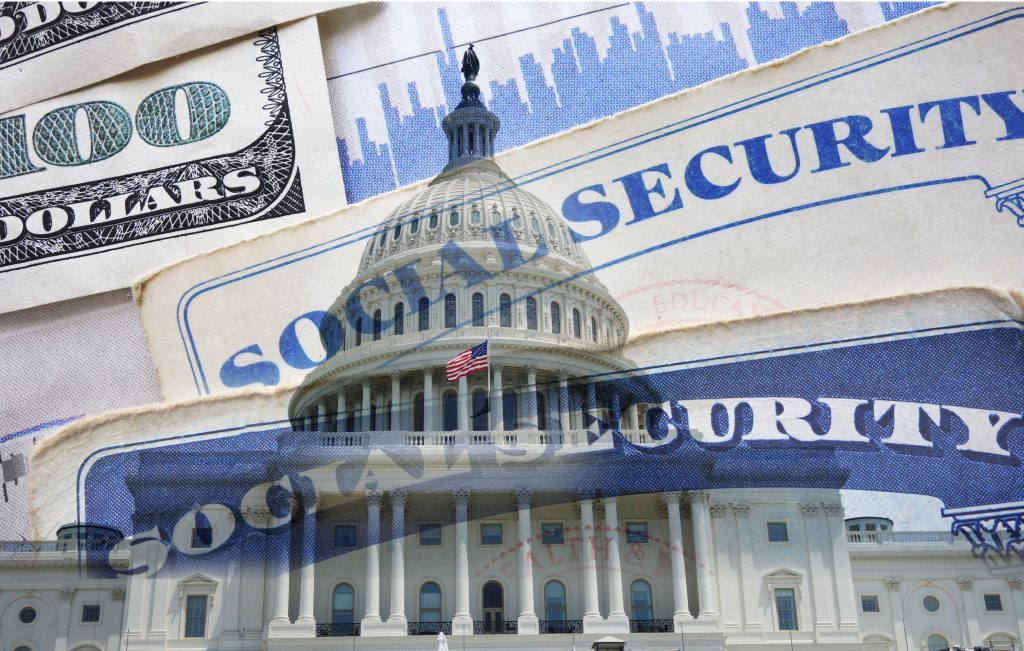Everyone knows the start of a new year is a time for resolutions, but it’s also a popular time for employers to hand out raises. Many are working with a new budget, so they can more easily accommodate salary increases.
If you’re lucky enough to receive a raise in 2025, you can use this cash to jump-start your New Year’s resolution to save more money. Here’s how you could turn a 3% raise into more than $171,000 by the time you’re ready to retire.
Start Your Mornings Smarter! Wake up with Breakfast news in your inbox every market day. Sign Up For Free »

Image source: Getty Images.
The typical raise is around 3%
Every employer is free to set its own rule regarding the raises it offers. Generally, the raise you get is a percentage of your current income. The most common raise is about 3%, according to Indeed.
How much that’s worth to you depends on your annual income. The typical full-time worker earned $1,165 per week in the third quarter of 2024, per the Bureau of Labor Statistics. That amounts to $60,580 per year.
A 3% raise on this amount comes out to $1,817 more per year. On its own, that’s a nice pay increase that could help you improve your standard of living or get you closer to your long-term goals. But there’s a way to turn it into a lot more if you don’t need it right now.
Investing can help you maximize the value of your raise
Investing is the best way to increase your buying power over the long term. You have to give up some of your cash temporarily, but what you get back later is much more than what you first put in.
Consider investing the $1,817 raise we discussed above. That comes out to roughly $151 more per month. If you invested that amount every month and earned a 7% average annual return, you’d have about $171,163 by the end of 30 years, despite only contributing $54,360 on your own.
This doesn’t take into account future raises you may save, above-average investment returns, or employer-matched funds you might get as a result of saving for retirement. So it’s possible you could end up with significantly more than this.
Say your employer gave you a 3% dollar-for-dollar 401(k) match. Now, instead of $151 monthly retirement contributions, you’d effectively add $303 to your retirement savings each month. Together, your personal contributions and 401(k) match would be worth $343,460 after 30 years with a 7% average annual return, all from you saving your raise instead of spending it. And your total personal contribution would still be the $54,360 from our first example.
When you don’t want to save your entire raise
If the idea of saving your entire raise doesn’t appeal to you, that’s OK. Wanting to reap the rewards for all your hard work today is understandable. But it doesn’t have to be all one way or the other. You can compromise by keeping half your raise to spend today and investing half, or some combination that suits you.
It’s best to decide upfront how much of your raise you plan to save, rather than just hoping to save whatever is left over at the end of the month. Lifestyle creep is common, and it’s possible you may become accustomed to spending your entire raise if you don’t specifically allocate a portion to savings.
The $22,924 Social Security bonus most retirees completely overlook
If you’re like most Americans, you’re a few years (or more) behind on your retirement savings. But a handful of little-known “Social Security secrets” could help ensure a boost in your retirement income. For example: one easy trick could pay you as much as $22,924 more… each year! Once you learn how to maximize your Social Security benefits, we think you could retire confidently with the peace of mind we’re all after. Simply click here to discover how to learn more about these strategies.
View the “Social Security secrets” »
The Motley Fool has a disclosure policy.
 fool.com
fool.com benzinga.com
benzinga.com marketbeat.com
marketbeat.com



